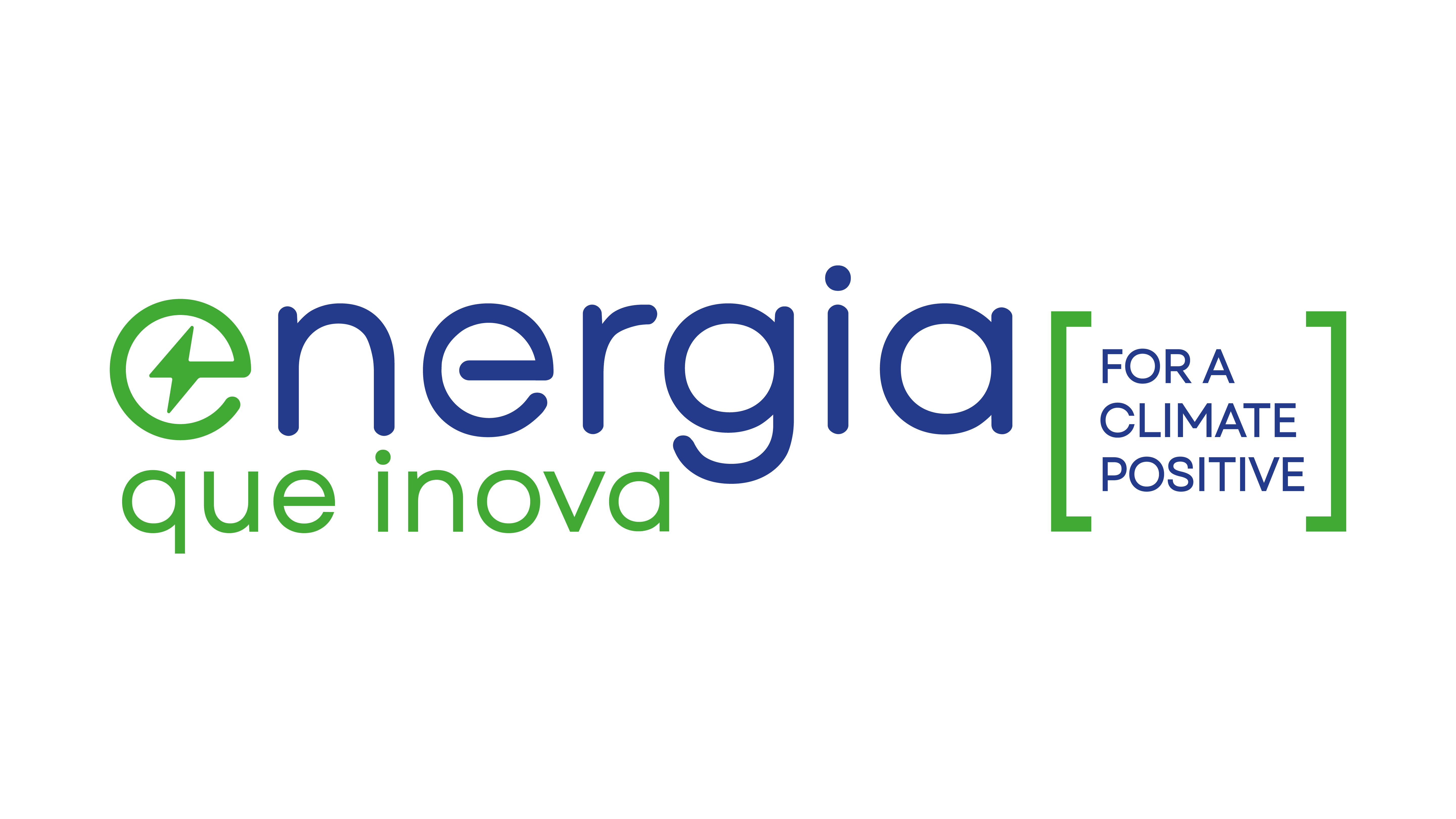In a scenario where the search for sustainable alternatives to meet industrial energy needs is at the center of attention, solar industrial process steam emerges as an innovative and effective solution. The use of solar energy to generate steam for industrial processes has increasingly been considered a viable alternative for companies seeking to increase energy efficiency and reduce their carbon footprint.
Steam generation is a fundamental requirement in several industries, such as power plants, chemical and petrochemical industries and manufacturing processes. Traditionally, this steam is generated through the burning of fossil fuels, a process that involves the significant release of greenhouse gases and other atmospheric pollutants. However, growing awareness of environmental issues and the search for cleaner energy sources have driven the adoption of solar industrial process steam.
The technology behind solar industrial process steam involves the use of solar thermal collectors to capture the sun's radiant energy and transform it into heat. This heat is then transferred to water or thermal fluids, generating steam of high pressure and temperature. This steam is directed to industrial processes that require heat, thus replacing the steam generated by fossil fuels.
One of the most attractive aspects of this approach is the drastic reduction in greenhouse gas emissions. The use of steam from solar industrial processes practically eliminates carbon emissions associated with steam generation, directly contributing to the sustainability and environmental responsibility goals of industries.
The successful implementation of solar industrial process steam requires a thorough assessment of the heat needs of the industry in question, as well as the appropriate selection of solar collectors and heat storage systems. Furthermore, it is essential to consider factors such as the availability of solar radiation in the region, the industry's energy consumption profile and economic viability.
Companies around the world are adopting this technology with promising results. The integration of solar industrial process steam not only reduces long-term operating costs, but also strengthens companies' image as leaders committed to sustainable innovation.
How is it Produced?
The production of steam from a solar industrial process is a complex and innovative process that involves the direct conversion of solar energy into heat, which, in turn, is used to generate high pressure and temperature steam. This approach integrates advanced heat capture, transfer and storage technologies to enable a clean and highly efficient energy source for industrial operations.
The process begins with the installation of solar thermal collectors, which are devices specially designed to capture and concentrate solar radiation. These collectors generally consist of flat panels or evacuated tubes, coated with highly reflective materials and capable of absorbing incident solar radiation. The absorbed solar energy is converted into heat, heating the thermal fluid or circulating water inside the collectors.
The heated thermal fluid or water is then transferred to a thermal storage system, which may consist of thermally insulated storage tanks or high thermal capacity heat storage materials such as molten salts. This thermal storage allows the accumulation of heat during periods of high solar irradiation and makes the stored energy available to be used when the demand for steam is greater, even during periods of low solar radiation or at night.
Subsequently, the heated thermal fluid is directed to a heat exchanger, where it transfers heat to the feed water of a conventional boiler. The boiler uses the transferred heat to heat the water until the vaporization phase, generating high pressure and temperature steam. This industrial process steam is then sent to industrial applications that require heat, such as heating processes, producing electricity in steam turbines or other specific applications.
Solar industrial process steam offers a highly efficient method of generating heat by taking advantage of a clean, abundantly available energy source: solar radiation. The integration of thermal storage systems allows the heat generated to be used even when climatic conditions are not ideal for direct solar capture. This innovative process not only reduces carbon emissions and other pollutants, but also contributes to optimizing the energy efficiency of industrial operations, aligning with increasingly pressing sustainability and environmental responsibility goals.
The Indispensable Role of Solar Industrial Process Steam in Industry’s Energy Transition
The energy transition is a global imperative that aims to mitigate the adverse consequences of climate change and ensure the sustainability of human activities. In the industrial context, where demand for energy is intense and environmental impacts are significant, the adoption of renewable energy sources becomes crucial. In this context, steam from solar industrial processes emerges as a key player in the energy transition of industries.
The demand for heat in industrial processes is one of the fundamental pillars of manufacturing operations. However, historically, heat generation for these processes has been highly dependent on fossil fuels, a practice that contributes substantially to greenhouse gas emissions and global warming. The implementation of solar industrial process steam changes this equation significantly.
The use of solar energy to generate steam for industrial processes offers multiple and essential benefits for the energy transition. Firstly, the main source of energy in this process – solar radiation – is infinite and clean, which drastically reduces the emission of atmospheric pollutants and greenhouse gases. This reduction in emissions directly contributes to the carbon reduction targets established in international agreements, such as the Paris Agreement.
Furthermore, dependence on fossil fuels is reduced, resulting in less vulnerability to price fluctuations and availability of these non-renewable resources. Solar industrial process steam not only offers a more sustainable alternative, but also provides predictability in energy costs, allowing industries to plan their long-term operations with greater confidence.
The relevance of solar industrial process steam in the energy transition is also intrinsically linked to the growing awareness and demand for ecologically responsible products and processes. As society increasingly values environmental responsibility, industries that adopt clean energy technologies are at a competitive advantage, gaining the preference of consumers and investors.
Furthermore, the adoption of solar industrial process steam puts industries in tune with global sustainable development trends. Governments, regulators and shareholders are increasingly demanding that companies adopt greener practices aligned with environmental conservation. In this sense, solar industrial process steam not only meets these demands, but also reinforces the corporate image as an agent of positive change.
Given the opportunities offered by solar industrial process steam, the industry has a unique opportunity to position itself as a protagonist in the global energy transition. Investing in infrastructure and technology to enable this approach not only strengthens the resilience of operations, but also contributes to a cleaner, safer and more sustainable energy future for all.
















